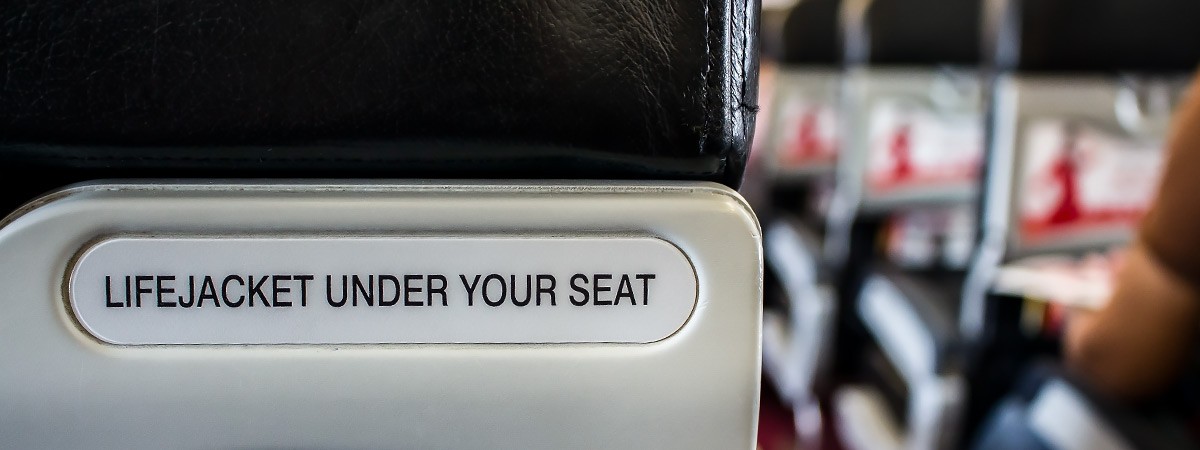They are the indispensable piece of equipment on any plane or boat that one hopes never to have to use. But despite the low likelihood that they will ever see any action, life rafts and life vests must be maintained in peak condition so that in an emergency, they are ready. Vacuum packaging makes sure that these large items are kept both compact and safe from any negative external influences.

Vacuum Packaging That Can Save a Life
Emergency equipment made compact
In an emergency on water, life jackets and life rafts need to be easily accessible and free of any damage. Any delays or problems could mean the difference between life or death. Vacuum pumps from Busch make sure that these essentials are compact enough to be right at hand and kept in optimal condition.
They are the indispensable piece of equipment on any plane or boat that one hopes never to have to use. But despite the low likelihood that they will ever see any action, life rafts and life vests must be maintained in peak condition so that in an emergency, they are ready. Vacuum packaging makes sure that these large items are kept both compact and safe from any negative external influences.
They are the indispensable piece of equipment on any plane or boat that one hopes never to have to use. But despite the low likelihood that they will ever see any action, life rafts and life vests must be maintained in peak condition so that in an emergency, they are ready. Vacuum packaging makes sure that these large items are kept both compact and safe from any negative external influences.
How does a self-inflating life jacket work?
Standard in airplanes and a favorite among sailors due to their compact comfort, self-inflating life jackets are commonplace. Anyone who has ever flown over water with a commercial airline will be familiar with the usual safety instructions: Pull hard on the red toggle to inflate the life jacket after leaving the aircraft. But what exactly does the toggle do? Inside a self-inflating life vest, there are one or two gas cartridges filled with carbon dioxide. When the wearer pulls on the toggle, this pierces the cans and releases the gas into the chambers inside the vest. They inflate rapidly and hold the wearer’s head above water until help arrives. Automatic-inflating versions also exist, working on the same principle. However, instead of the wearer needing to trigger the inflation, the water does it. Two systems exist: one with a water-soluble stopper in the CO2 canister, and one that activates the canister at a certain water pressure.
Standard in airplanes and a favorite among sailors due to their compact comfort, self-inflating life jackets are commonplace. Anyone who has ever flown over water with a commercial airline will be familiar with the usual safety instructions: Pull hard on the red toggle to inflate the life jacket after leaving the aircraft. But what exactly does the toggle do? Inside a self-inflating life vest, there are one or two gas cartridges filled with carbon dioxide. When the wearer pulls on the toggle, this pierces the cans and releases the gas into the chambers inside the vest. They inflate rapidly and hold the wearer’s head above water until help arrives. Automatic-inflating versions also exist, working on the same principle. However, instead of the wearer needing to trigger the inflation, the water does it. Two systems exist: one with a water-soluble stopper in the CO2 canister, and one that activates the canister at a certain water pressure.